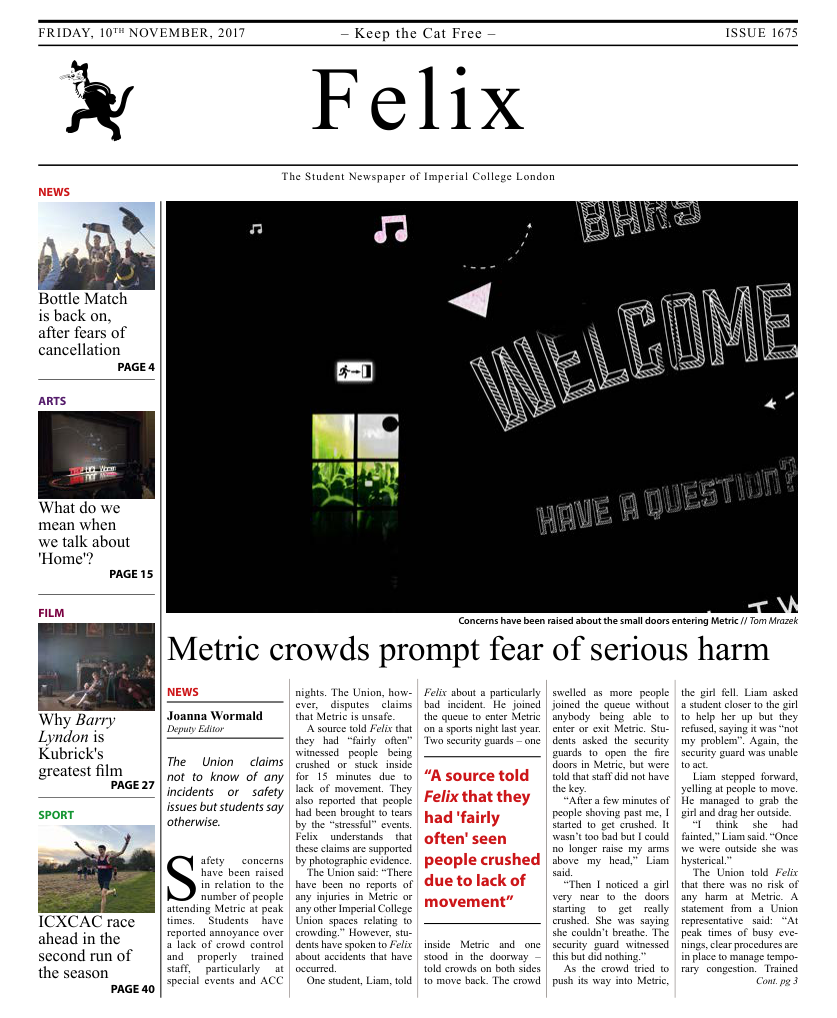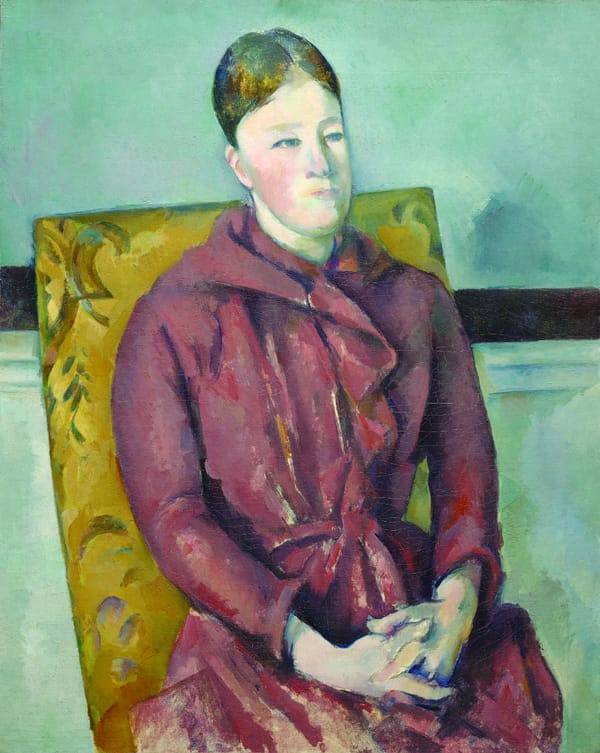An indescribable pause: The Impressionists’ love letter to London
Tate Britain assembles Pissaro, Monet, and Whistler for an ode to the capital.

With the news fixed on the movement of refugees in Europe, the Tate has turned to an earlier period in the continent’s history when war and political instability caused a surge of migration into London. Brexit in their crosshairs, the curators preface the new exhibition on Impressionists with the pointed: “these artists faced no entrance restrictions; anyone, regardless of nationality, could come and stay indefinitely”. This seems to be a masterclass in preaching to the choir; few diehard proponents of Brexit are likely to be persuaded by the Tate’s history lesson. Nevertheless, the works the curators have put together provide a fascinating narrative on the French artists who came to London as refugees and how the experience shaped their work.
“The works provide a fascinating narrative on the French artists who came to London as refugees”
It would be a mistake to consider this exhibition as revision of art history canon: it doesn’t claim, and rightfully so, that it was London smog, not the French countryside, that birthed Impressionism, instead it frames the collected works as a pictorial ‘Notes from a Small Island’: giants of Impressionism shining a (mostly) flattering light on the British landscape with their outsider’s eye. Pissaro is a particular highlight, his deft brushstrokes elevate a snow covered street in Sydenham to a glittering idyll. In another, a steam engine powers through rolling hills, his painting of cricket match in sunny Hampton is transfixing; a explosion of pointillist green. These parochial, peaceful scenes are placed in sharp contrast to Siebe Johannes Ten Cate’s paintings of Paris burning. In La Place du Carrousel : The Ruins of Tuileries, strong lines of duck egg blue and deep burnt sienna collide on the canvas evoking the acrid smell of smoke and a biting winter chill.
Elsewhere James Jacques Joseph Tissot, not strictly an Impressionist, but one of the French artists who settled in London following the Franco-Prussian war, turns his keen caricaturist’s’ eye to English high society. His canvases, far from mocking (as he was sometimes accused of being) cast a humanising, gently teasing eye over the Victorians and their famous stiff upper lips. His work is richly, often amusingly detailed: in Too Early figures leans against the doorway awkwardly having gotten to a party before it’s started, their faces frozen in a grimace of social anxiety, in another painting, this one of a violin concert, a young woman, carefully expressionless, eyes glazing over, sinks into a chaise longue, body disappearing into a swathe of bows.
“Step out of the Tate at sunset, and it could almost be into Monet’s paintings of Westminster”
Despite the prominence placed on the artist in the Tate’s advertising for the exhibition, Monet takes up relatively little space in the gallery. In Leicester Square at Night a storm of slashes of deep ultramarine and indigo are intercut with vibrant lemon yellows and tangerines and ceruleans, it was painted in 1901 but could just as well be last night. The beauty of Monet’s canvases of London seem tantalizingly close. Step out of the Tate at sunset and it could almost be into Monet’s paintings of the palaces of Westminster seen through smog rolling over the Thames. Each of the eight canvases Monet painted of the same scene have slight modulations of perspective and colour: whorls of dusky plum melt into violet, mustard, peach and scarlet, in each the sun burns fiercely, each glows with an inner light. For all the fervour of Monet’s vision of the Thames, the most powerful depictions of the river belong to Whistler.
In the series Nocturne: Blue and Silver, Whistler paints the Cremorne Lights, Old Battersea Bridge, and Chelsea in washes of ultramarine. Layers of the palest, loveliest blues and greys meld into each other, wavering droplets of gold represent the lights on the distant shore. Oscar Wilde summed up the visceral power of Whistler’s work with characteristic flair: “to whom if not to Whistler do we owe these silver mists that brood over our river. There may have been fogs for centuries... but no one saw them... they did not exist till art invented them”. Standing in front of these quiet deeply intense paintings I felt the same sense of magic I sometimes feel walking home alone late at night, the same magic Virginia Woolf conjures up in the opening pages of Mrs Dalloway as she describes the capital waking up: London for all its famous bustle is often its most seductive when the crowds have left.
It’s a pity then that Whistler doesn’t feature more heavily, a greater shame that the contribution of British artists to Impressionism, particularly that of J.M.W Turner is left unexplored. At times the curation feels a bit too focused on the artists’ statuses as French emigres than the nature of their work; as a love letter to the London of the time however, it is marvellous.
4 Stars
Impressionists in London is on at the Tate Britain until the 7th May 2018. Tickets £17.70; £15.90 students.









